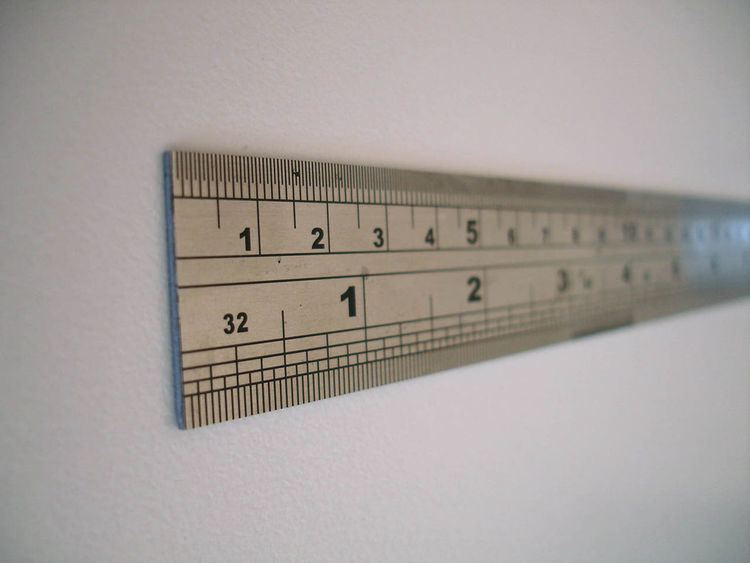 | ||
In mathematics, especially in the area of algebra known as group theory, the Fitting length (or nilpotent length) measures how far a solvable group is from being nilpotent. The concept is named after Hans Fitting, due to his investigations of nilpotent normal subgroups.
Contents
Definition
A Fitting chain (or Fitting series or nilpotent series) for a group is a subnormal series with nilpotent quotients. In other words, a finite sequence of subgroups including both the whole group and the trivial group, such that each is a normal subgroup of the previous one, and such that the quotients of successive terms are nilpotent groups.
The Fitting length or nilpotent length of a group is defined to be the smallest possible length of a Fitting chain, if one exists.
Upper and lower Fitting series
Just as the upper central series and lower central series are extremal among central series, there are analogous series extremal among nilpotent series.
For a finite group H, the Fitting subgroup Fit(H) is the maximal normal nilpotent subgroup, while the minimal subgroup such that the quotient by it is nilpotent is γ∞(H), the intersection of the (finite) lower central series, which is called the nilpotent residual. These correspond to the center and the commutator subgroup (for upper and lower central series, respectively). These do not hold for infinite groups, so for the sequel, assume all groups to be finite.
The upper Fitting series of a finite group is the sequence of characteristic subgroups Fitn(G) defined by Fit0(G) = 1, and Fitn+1(G)/Fitn(G) = Fit(G/Fitn(G)). It is an ascending nilpotent series, at each step taking the maximal possible subgroup.
The lower Fitting series of a finite group G is the sequence of characteristic subgroups Fn(G) defined by F0(G) = G, and Fn+1(G) = γ∞(Fn(G)). It is a descending nilpotent series, at each step taking the minimal possible subgroup.
Examples
Properties
More information can be found in (Huppert 1967, Kap. III, §4).
Connection between central series and Fitting series
What central series do for nilpotent groups, Fitting series do for solvable groups. A group has a central series if and only if it is nilpotent, and a Fitting series if and only if it is solvable.
Given a solvable group, the lower Fitting series is a "coarser" division than the lower central series: the lower Fitting series gives a series for the whole group, while the lower central series descends only from the whole group to the first term of the Fitting series.
The lower Fitting series proceeds:
G = F0 ⊵ F1 ⊵ ⋯ ⊵ 1,while the lower central series subdivides the first step,
G = G1 ⊵ G2 ⊵ ⋯ ⊵ F1,and is a lift of the lower central series for the first quotient F0/F1, which is nilpotent.
Proceeding in this way (lifting the lower central series for each quotient of the Fitting series) yields a subnormal series:
G = G1 ⊵ G2 ⊵ ⋯ ⊵ F1 = F1,1 ⊵ F1,2 ⊵ ⋯ ⊵ F2 = F2,1 ⊵ ⋯ ⊵ Fn = 1,like the coarse and fine divisions on a ruler.
The successive quotients are abelian, showing the equivalence between being solvable and having a Fitting series.
